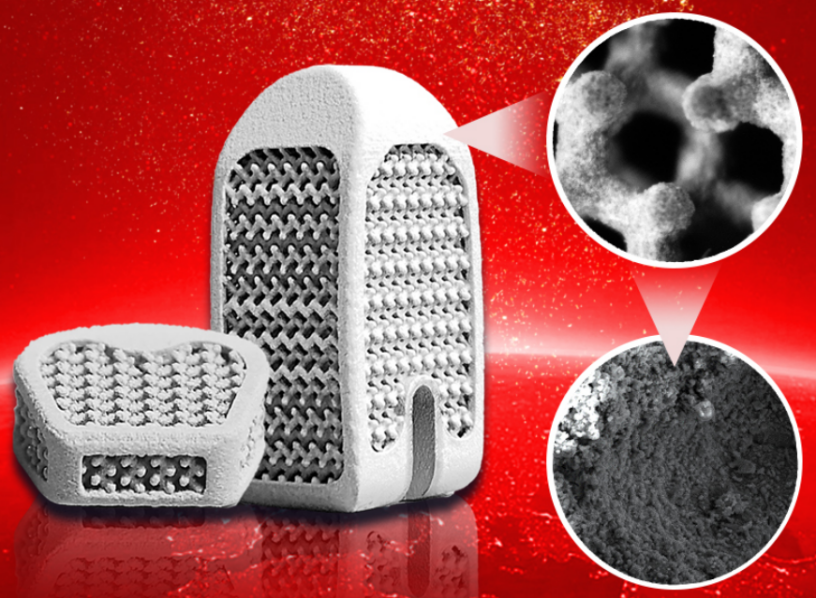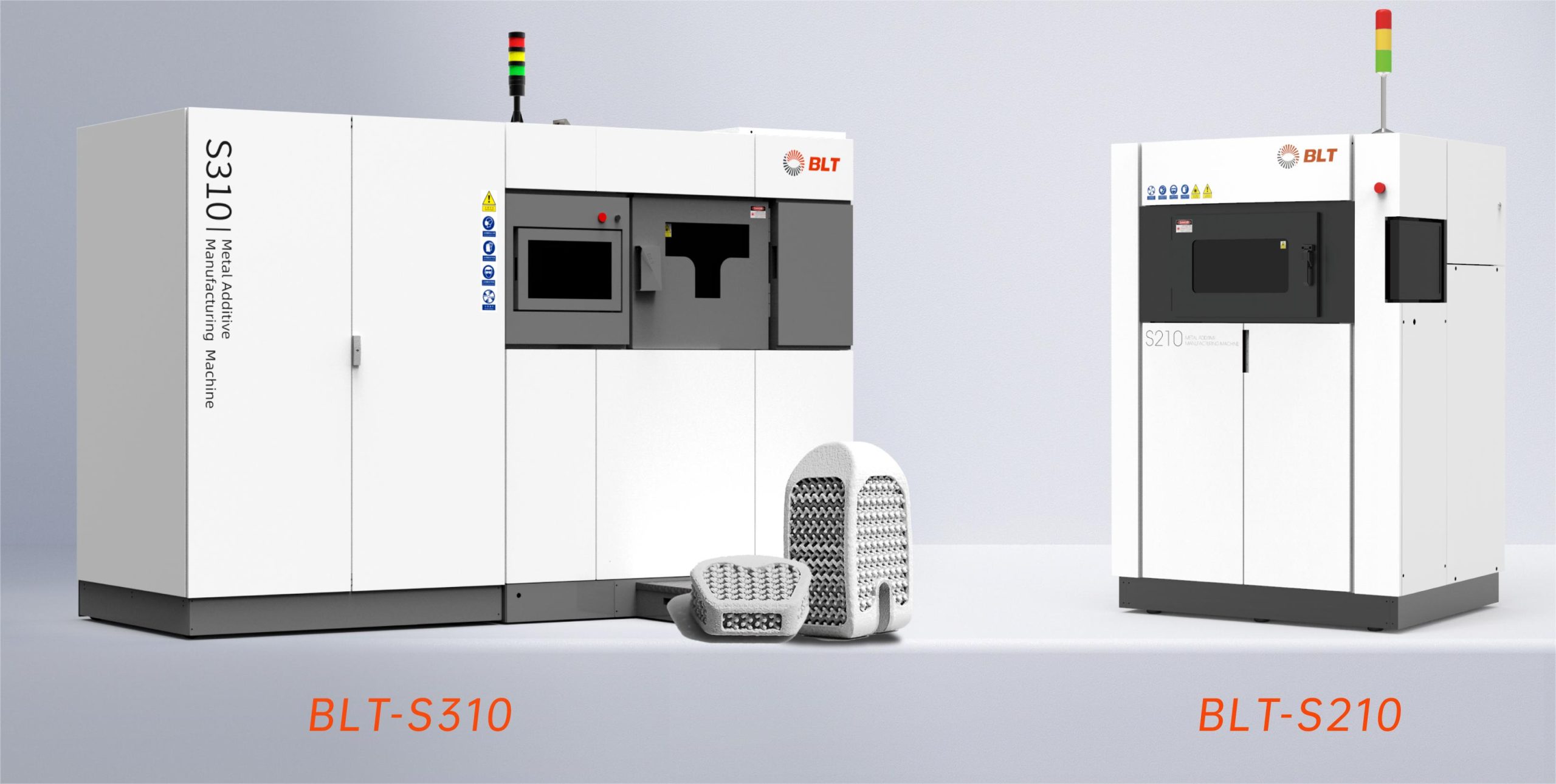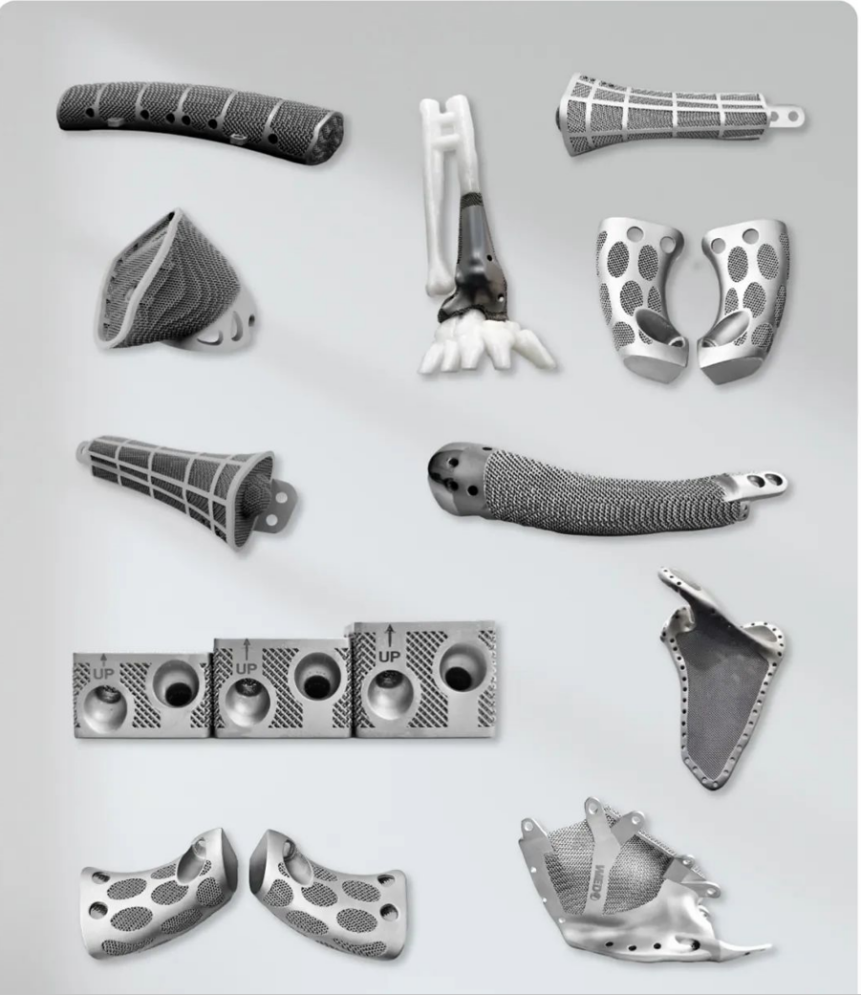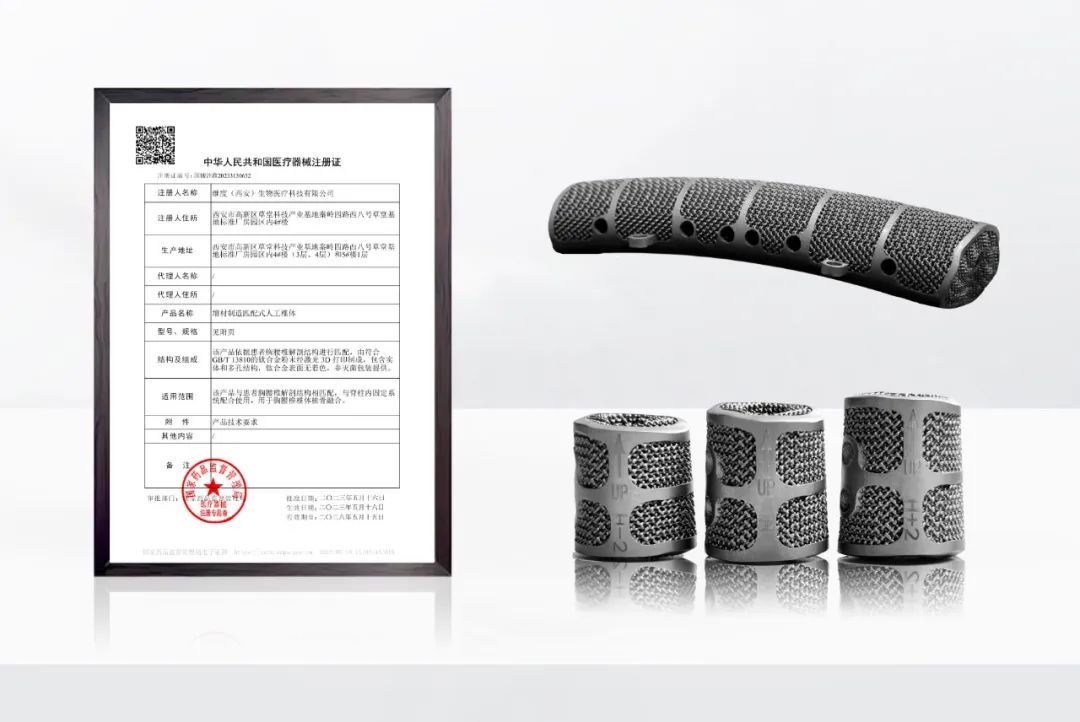
recently, the hydroxyapatite-coated porous titanium alloy interbody fusion device (wedocagetm) developed by wedo bio-medical technology co., ltd. (hereinafter referred to as ” wedo”), has officially received market approval after obtaining the class iii medical device registration certificate from the national medical products administration (nmpa). it is the groundbreaking 3d-printed porous titanium alloy interbody fusion device with bioactive coating. with the support of the 3d printing machine and printing process provided by bright laser technologies (blt), wedocagetm is another success in 3d printing on medical applications after wedo obtained china’s first class iii medical device registration certificate for “lpbf-matched thoracolumbar artificial vertebrae” in may 2023. these achievements symbolize a deeper and wider application of metal 3d technology in the medical device field. in the near future, more tailed and effective treatment solutions will be ushered in for the repair and reconstruction of complex bone defects.
 figure 1: the hydroxyapatite-coated porous titanium alloy interbody fusion device developed by wedo (wedocagetm) by blt printing machine. the picture shows the unique truss micro-porous structure and ha coating morphology under the electron microscope.
figure 1: the hydroxyapatite-coated porous titanium alloy interbody fusion device developed by wedo (wedocagetm) by blt printing machine. the picture shows the unique truss micro-porous structure and ha coating morphology under the electron microscope.
the wedocagetm features a sophisticated porous structure with high precision in its fabrication. given its elevated complexity, extensive overhangs, and demanding requirements for product process parameters and support structure additions during shaping, the blt team actively cooperated with the wedo r&d team in optimizing the printing process throughout the product’s development cycle, providing targeted solutions from machine operation, support strategy, printing parameters, to heat treatment. through continuous exploration and adjustments, the metal porous structure was crafted to meet wedo’s design requirements, along with optimal printing parameters, ensuring stable and reliable product quality. additionally, the excellent mechanical performance of wedocagetm, coupled with its unique truss micro-porous structure design, strikes a balance between low elastic modulus and high fatigue performance. this characteristic ensures the immediate stability of the fusion implant, and can more effectively promote early osseointegration and long-term biological stability within the porous structure.
it is reported that since 2019, wedocagetm has undergone prospective, randomized controlled clinical trials in more than 10 research hospitals in china. the results of the study showed that the fusion effective rate of the ha-coated porous titanium fusion device at 6 months postoperatively was 97.10%, surpassing the fusion success rate of peek fusion devices at the same time, which stood at 85.29%. no product-related adverse events were observed during the trial period, showcasing excellent clinical outcomes.
the printing machines adopted by wedo are blt-s210(build dimension: 105mm×105mm×200mm, w×d×h) and blt-s310(build dimension: 250mm×250mm×400mm, w×d×h), which allow for the flexible and rapid printing of personalized custom implants for orthopedic medical devices and the batch printing of standard products on a full chamber basis.
 figure 2: blt-s310 and blt-s210 adopted by wedo
figure 2: blt-s310 and blt-s210 adopted by wedo
 figure 3: the implant samples were designed and printed by wedo’s research and development team.
figure 3: the implant samples were designed and printed by wedo’s research and development team.

figure 4: in may 2023, wedo’s innovative additive manufacturing matched artificial vertebral body received the first class iii medical device registration certificate for the ‘lpbf-matched thoracolumbar artificial vertebral body’ spinal fusion system in china.
with the launch and widespread adoption of orthopedic implants such as the ‘lpbf-matched thoracolumbar artificial vertebral body’ and wedocagetm, blt looks forward to exploring deeper and more sustained innovative collaboration with wedo. through metal 3d printing technology, blt aims to bring benefits to more clinical patients, infusing the field of orthopedic healthcare with greater vitality and possibilities. in the future, blt will continue to partner with more collaborators in the medical sector, accelerating the development of medical-grade metal materials and innovative products. this effort will empower our customers to provide safer, more precise, adaptable, and efficient solutions for patients. blt believes that with the support of metal additive manufacturing technology, the application of metal orthopedic implants will continually optimize and enhance the design and performance of medical devices. this will drive ongoing progress and innovation in medical technology, contributing to significant growth and breakthroughs in orthopedic healthcare.


